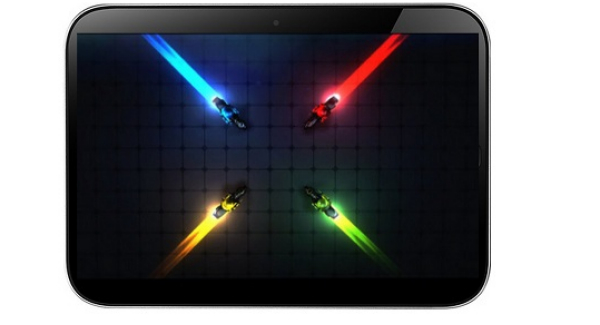Tablets haven’t been doing so well and this situation has been dating from back in 2014. Somehow, everybody got a tablet around that time and these product’s life cycles are quite long. Things aren’t looking great for the second half of 2017, as revealed by the latest figures coming from the upstream supply chain.
The tablet market is expected to continue its weakening trend in the second part of the year, while also impacting related segments, according to sources in the know. A few vendors intend to push higher end tablets with high resolution screens and ultraslim bezels in H2, trying to minimize the impact. Those will be models always connected to the Internet and offering lower power consumption. Acer and ASUS come to mind here, as well as the likes of Lenovo and Samsung.
IDC is the firm with the figures and they’ve shown that Samsung Electronics was the largest tablet maker worldwide, with a 19% market share in Q1 2017, followed by Foxconn, with 16% and Compal a 13%. Somehow Huawei climbed to 4th spot, at 6%. Detachables saw Foxconn rule, with a 35% share, thanks to the iPad orders, while Pegatron had 25% on account of the Microsoft Surface models.
Samsung had 10% and Alco 4%. Global tablet shipments from makers were just 36 million units in Q1, which is down 30.8% sequentially and 12.4% on year. IFA 2017 should bring a new wave of tablet releases, but hopes of a turnaround are slim.
Post Footer automatically generated by Add Post Footer Plugin for wordpress.














